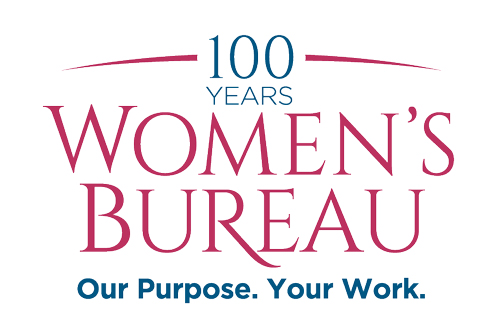
Dear Friends of the Women’s Bureau,
As March comes to a close, let’s take a moment to reflect on the importance of Women’s History Month. Just in the past century, women have become cabinet secretaries, CEOs, and astronauts--all while caring for families, uplifting communities, and continuing to fight for equal rights. As we take time to celebrate and honor the work of women who have come before us, we must continue to advocate for policy solutions to support working women better, such as paid leave, childcare, and equal pay.
Thank you to everyone who participated in events to learn about important working women of the past and present and to those who made the events possible. The Women’s Bureau led or participated in more than 40 events during March. These included two stakeholder listening sessions attended by more than 200 groups from across the country; Secretary Walsh’s visit to Bright Start, an early care center in D.C; highlighting the positive impact of the American Rescue Plan; and an Equal Pay Day roundtable with the second gentleman in St. Louis to discuss gender equity in the workplace.
We want to carry the spirit of this month forward to remember how far we’ve come and to set the path for the future to ensure that work works for women.
Sincerely,
Wendy Chun-Hoon
Director
Women’s Bureau
U.S. Department of Labor
Equal Pay Day
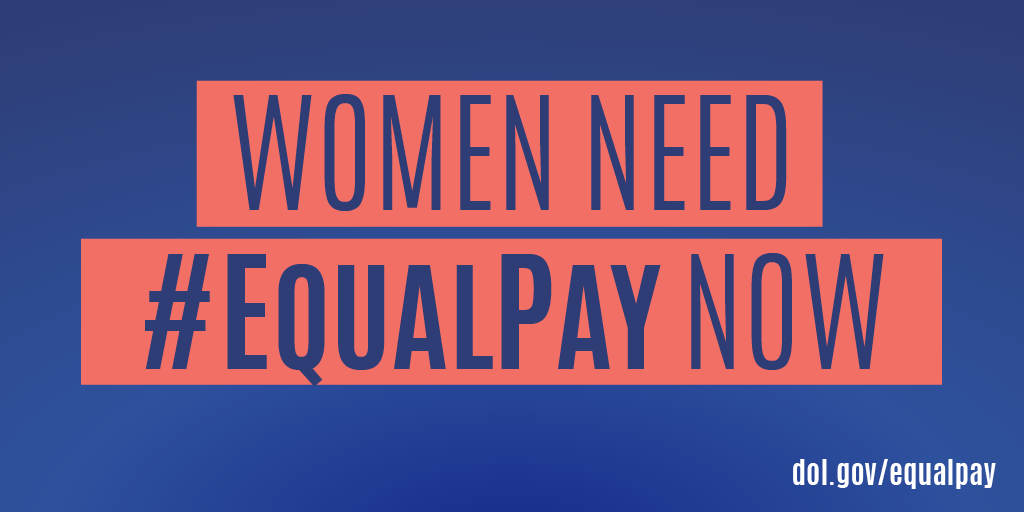
March 24, 2021, was Equal Pay Day: a symbolic day that represents the number of extra days women, on average, must work to earn what men, on average, earned the year before.
The pay gap is not the same for all women: In order to earn as much as non-Hispanic white men earned in 2020, Asian American and Pacific Islander women must work until March 9, 2021; White women must work until April 9; Black women must work until August 3; Native American women must work until September 8, and Latinas must work until October 21.
Now is the time to address equity in wages. This means increasing pay transparency, disrupting occupational segregation, eliminating discrimination, increasing access to paid leave, child and elder care, and adding good jobs for women to help build the economy we all need to thrive. Together, we can close the gender and racial wage gap.
- View resources related to Equal Pay Day and a map of Equal Pay and Pay Transparency Protections
- Compare women’s and men’s median earnings in over 350 occupations using our interactive tool
- See WB Regional Administrator Charmaine Davis’ op-ed in the San Antonio Express-News (paywalled)
- Read Chief Economist Janelle Jones’s blog
- Read more about ways the department promoted Equal Pay Day
Director and Second Gentleman Travel to Missouri to Discuss Wage Gap
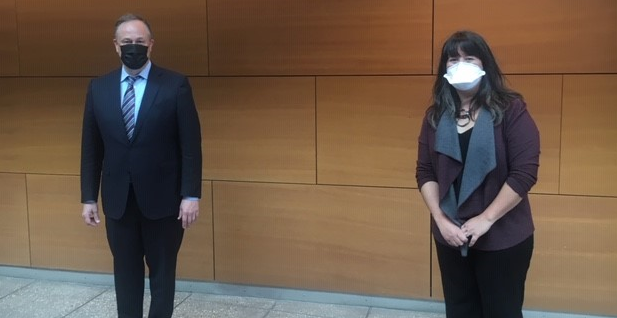
Women’s Bureau Director Wendy Chun-Hoon and Second Gentleman Doug Emhoff met with local women in St. Louis in order to hear about their experiences with inequality and to discuss solutions that would support working women.
White House Proclamations
The Biden administration issued a proclamation declaring March 2021 Women’s History Month. The proclamation notes the challenges women face as they strive for equality, celebrates the work women have accomplished, and highlights the challenges ahead.
President Joe Biden also signed a proclamation to commemorate Equal Pay Day. At the signing event, Biden hosted members of the U.S. Women’s National Soccer Team and gave a speech discussing wage gap statistics and calling attention to the importance of equal pay.
Blog Post: From Triangle to COVID: Answering the Call to Protect American Workers

Women’s Bureau Deputy Director Analilia Mejia published a blog recognizing the 110th anniversary of the Triangle Shirtwaist Factory Fire, which took the lives of 146 textile workers. The blog post describes the impact the fire had on workplace safety regulations and the creation of the New Deal, and the parallels to the issues workers are facing during the COVID-19 pandemic.
Women’s Bureau Stakeholder Listening Sessions
On March 9 and 11, the Women’s Bureau met with leaders of women’s organizations from across the country to listen to what challenges women are facing in the workforce. Discussions centered on COVID-19, job discrimination, sexual harassment, improving working conditions and wages, increasing access to paid leave and child care, and more.
The Women’s Bureau is working to address the concerns discussed. We’ve shared key takeaways with leadership throughout the department. And we continue to create public-facing, accessible data on women and work. We encourage people to explore our data and look for upcoming updates.
Women’s Bureau Researchers Present New Paper
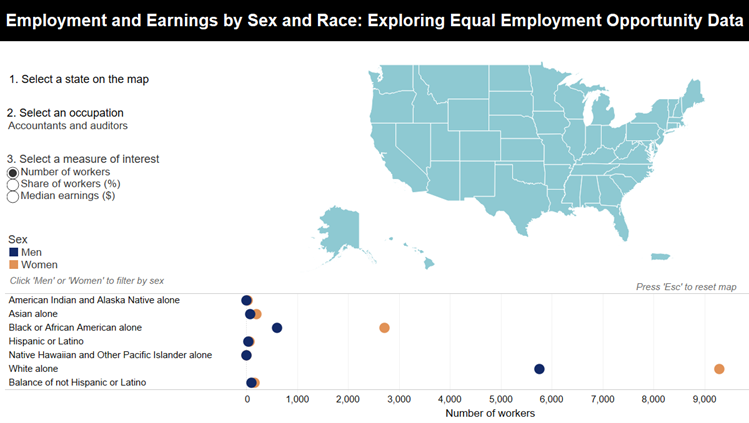
Women’s Bureau Senior Researcher Christin Landivar presented findings on mothers’ access to paid leave and job flexibilities in part-time jobs at the Work and Family Researchers’ Network conference on March 12, 2021. The study, “Does Part-Time Work Offer Flexibility to Employed Mothers?,” was coauthored with Rose Woods (Bureau of Labor Statistics) and Gretchen Livingston (Women’s Bureau).
Using data from the American Time Use Survey Leave and Job Flexibilities Module, the authors show that mothers who worked part time were employed in jobs that lacked many of the attributes that would characterize these jobs as flexible. Compared to their full-time counterparts, mothers working part-time had lower wages, and were less likely to have access to family-friendly benefits such as paid leave, telework and advanced notice of their work schedule.
Welcoming Secretary Marty Walsh
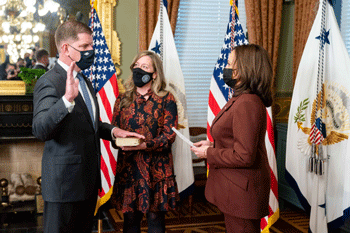
Marty Walsh was sworn in as the new Secretary of Labor under the Biden Administration. Walsh champions the rights of working women, as well as all workers. On Day 1 in his new role, he released a video commemorating Equal Pay Day and making clear where he stands on the wage gap.
“Building back better means putting a stop to devaluing the work of women and ensuring all workers are paid fairly.”
White House Establishes Gender Policy Council
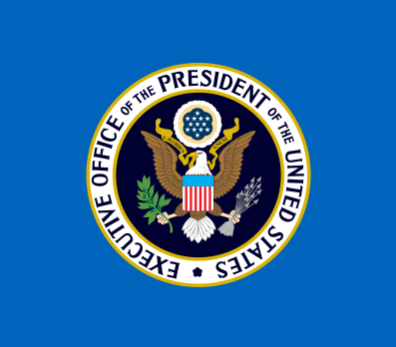
On International Women’s Day (March 8), President Biden signed Executive Order 14020 establishing the White House Gender Policy Council. The purpose of the council is to advance gender equity and equality by coordinating efforts across the federal government, making policy recommendations to the president, and conducting outreach to nonprofits, community-based organizations, state and local governments, and other groups.
Census Bureau: Tracking Job Losses for Mothers of School-Age Children

The Census Bureau recently released analyses indicating that 1.5 million fewer mothers of school-age children were actively working in January 2021 than had been a year earlier. Mothers of school-age children in households with no other working-age adults, and mothers of color experienced particularly large declines.
Follow the Women's Bureau on Twitter: @WB_Dol

The Women’s Bureau has championed the rights of working women and served as a convener of conversations for the past 100 years.
Follow us at @WB_DOL to view our #FridayFirsts series highlighting pioneering women, and to learn more about the latest research, initiatives, policies, and updates related to working women. We look forward to continuing the thoughtful conversations on Twitter that we've had with our stakeholders for the last 100 years!
